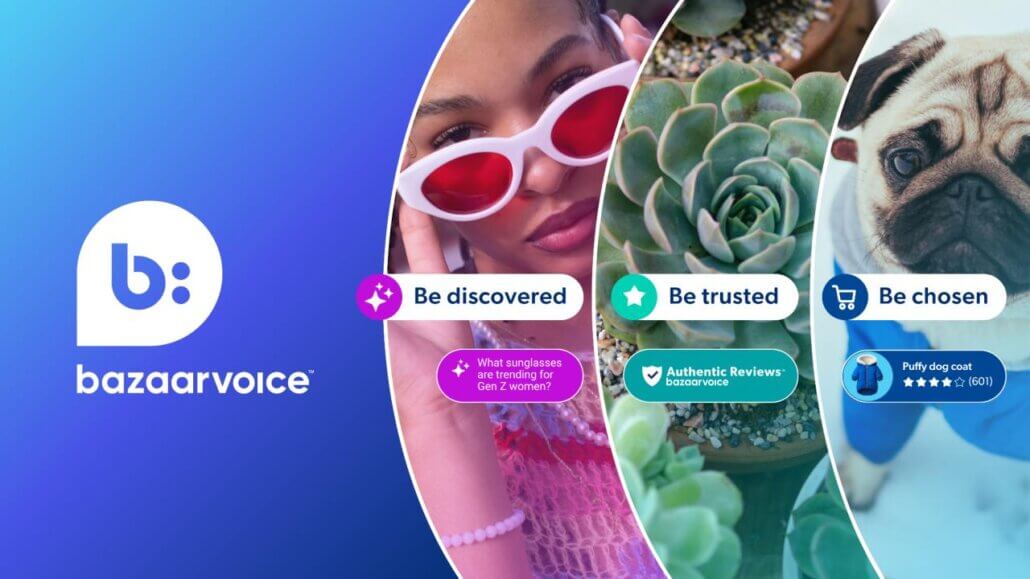June 18, 2025
What is the key to a successful holiday marketing campaign? Be at the right place, at the right time, where your shoppers are, especially when their path to purchase has become more complicated than ever.
According to the Holiday Consumer Shopping Report 2025, 61% of holiday shoppers prefer to discover gifts in-store, and 58% look online.
Now, that screams omnichannel. Your audience is almost everywhere, so you must be present offline and online as a brand or retailer. Omnichannel marketing is no longer an option but a vital strategy.
With precise targeting and context, your shoppable content will effortlessly span all channels, leaving no more roadblocks.
Let us discuss the top five reasons for implementing the omnichannel strategy as your go-to holiday success strategy.
1. Holiday shopping lists are made both online and in-store
The first point of holiday shopping for more than two-fifths (43%) of the holiday shoppers typically starts with research on search engines like Google. Looking at brand and retailer sites, coming in hot next with 39%.
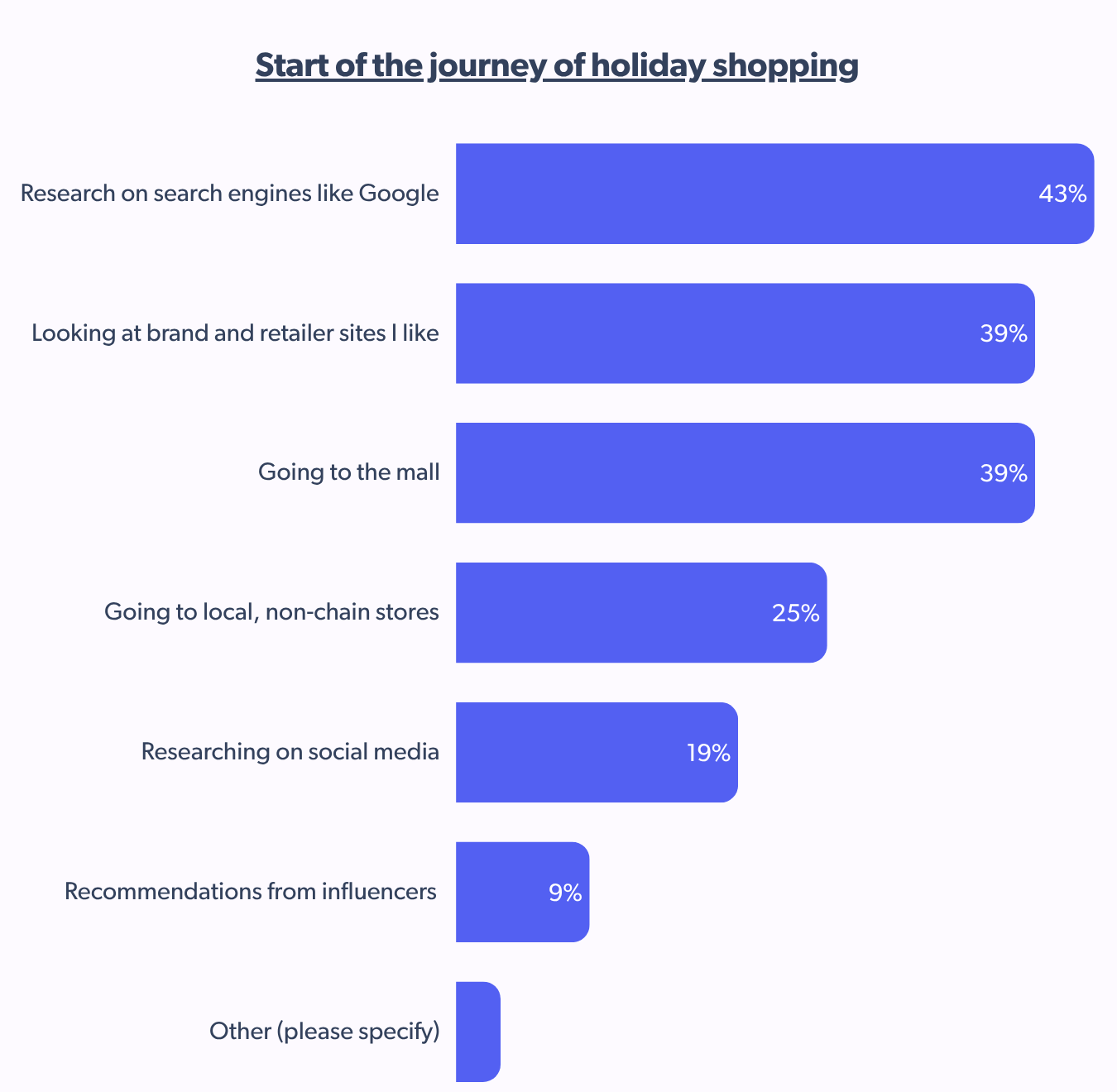
This holiday season online is the dominant channel, with 34% of holiday shoppers mostly going online with some in-store shopping. Over one-fourth of holiday shoppers (28%) prefer an equal distribution of online and in-store shopping.
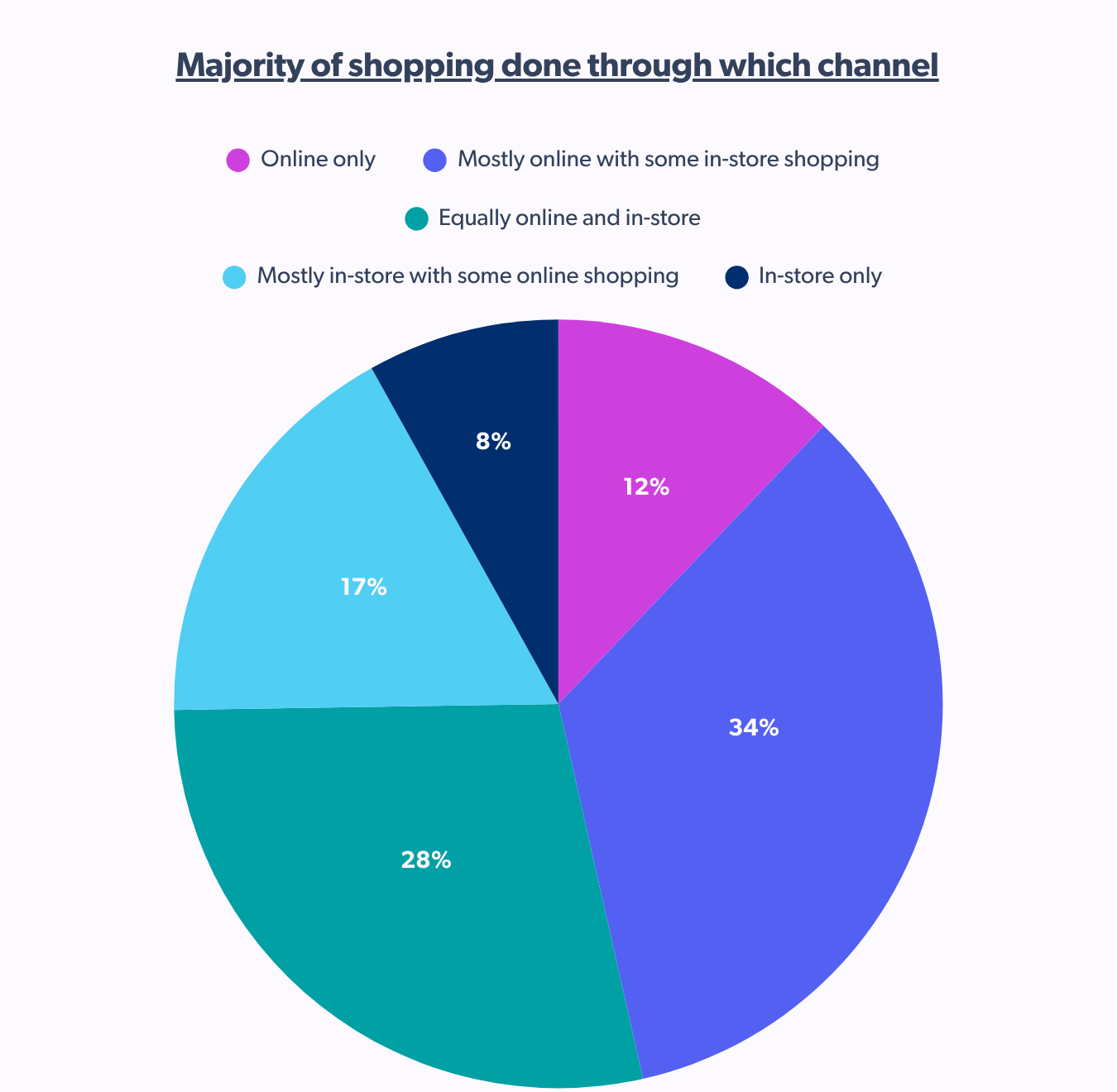
Example: Starbucks Bring on the Joy
The 2019 Starbucks “Bring on the Joy” campaign launched its iconic holiday cups and seasonal drinks, forming the core offline store experience globally. These festive, tangible cups acted as the primary physical touchpoint, signaling the holiday season and driving in-store traffic for a sensory brand experience.
The distinct cups spurred widespread user-generated content, with customers eagerly sharing photos on social media platforms. It drew the attention of online users. Further bridging the gap, Starbucks mobile ordering and offering loyalty rewards, which in turn encouraged more visits to physical stores, completing a successful and integrated holiday customer journey.
2. Researching online, even for in-store buys
Although some holiday shoppers like to shop conventionally, their journey begins online. Last year, 52% of holiday shoppers researched online before purchasing a holiday gift in-store.
This is another reason why omnichannel should not be a good to have; it’s a must-have. To win in today’s market, retailers and brands must blend their digital and physical stores to capture every type of shopper.
Over three-fourths (64%) of shoppers in major economies like the UK prefer online holiday shopping. When asked to think back to the last time a holiday shopper purchased a holiday gift in-store, 52% of shoppers researched online before making that purchase.
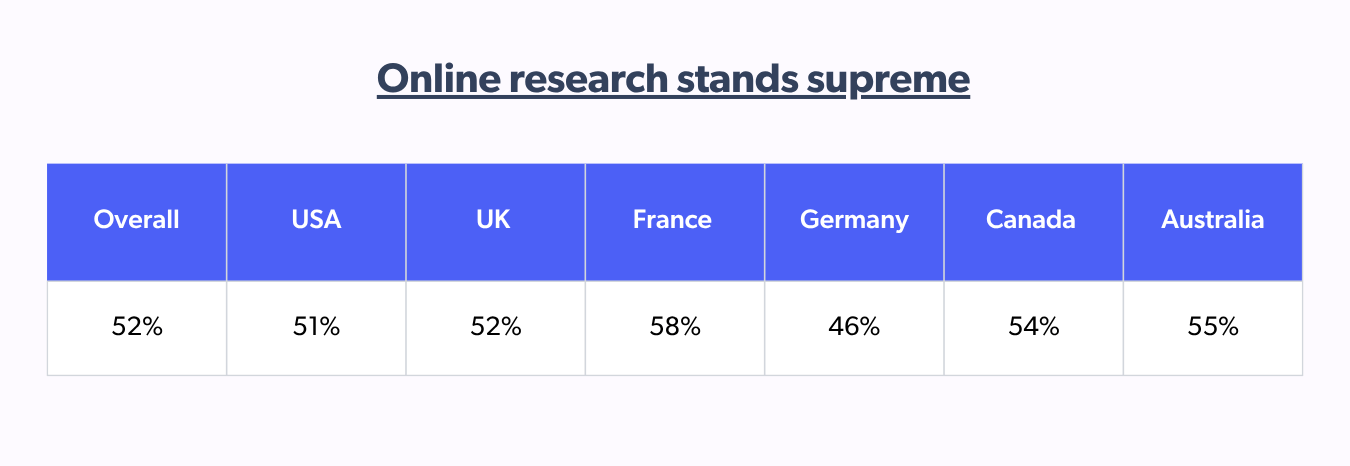
3. Social media, search engines, and retailer sites lead gift discovery
A close tie between the two significant types of holiday shoppers has been observed regarding their holiday gift discovery patterns — at least 61% prefer in-store, and 58% prefer online.
This is another major reason the hybrid shopping approach is the key to maintaining the omnichannel strategy. By creating a near-identical experience for both in-store and online, you can cater to a wide range of holiday shoppers.
When we say wide range, we mean different age groups from 18 to 55+. There is a consistent preference for in-store and online shopping simultaneously.
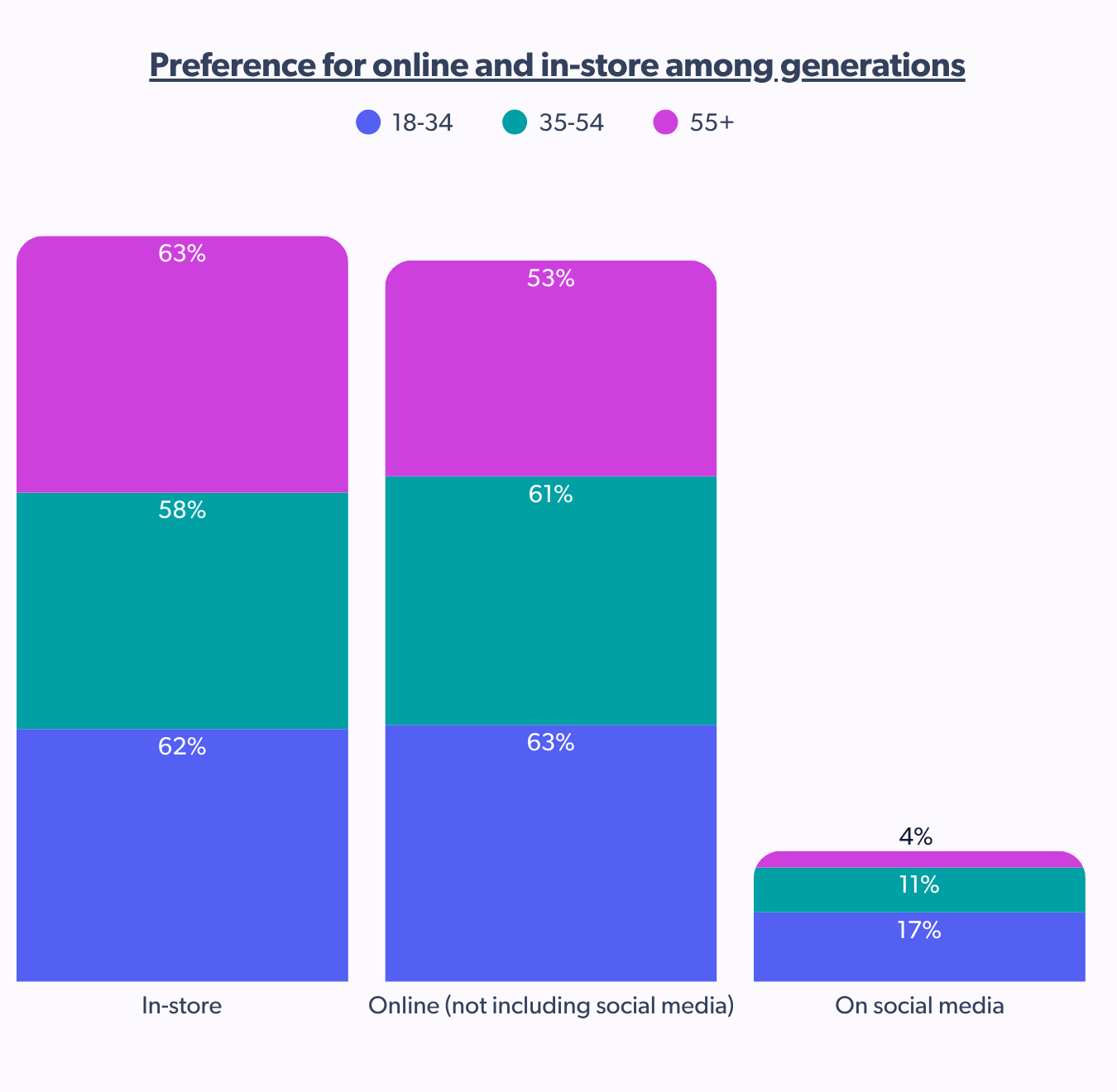
4. Personalized online cues convert browsers to buyers
Now that we know how to land our holiday shoppers on the browsers, it’s time to turn them into buyers. Alerts about deals on the product of interest are the top performers for implementing personalization, with 57% of shoppers preferring these recommendations or suggestions.
Display of highly-rated products within browsed categories and messages containing the shopper rating for viewed products at 50% and 51%, respectively, have been the consistent online cues for driving holiday shopping.
And an oldie but a goodie: notifications about products with limited stock at 49% are still going strong among holiday shoppers. But how can you communicate that to your potential consumers? That’s where the magic of Bazaarvoice contextual commerce begins. As a matter of fact, Ann Taylor was able to convert contextual awareness into commerce wins.
5. Real-time recommendations to match the moment
Technology is advancing rapidly. Delivering information alone is not enough; how fast you can deliver it has become the name of the game. Therefore, real-time recommendations have taken the spotlight for holiday shopping.
Holiday shoppers are always on the lookout for helpful suggestions and recommendations. What is the best way a brand or a retailer can offer them?
At least 43% of holiday shoppers prefer receiving suggestions based on what they are currently browsing or doing on their website or app. And 25% prefer suggestions based on past purchase history and personal information they have collected about them.
Conclusion
Omnichannel is not the future, but it is the present. It is time to provide content with contextual information and make it shoppable; otherwise, it is just noise.
Interestingly, the solution to this is Bazaarvoice Vibe, which links all your creator, social, sampling, reviews, and PDP channels for an omnichannel experience. And to know more about all the insights on how to launch your campaign this holiday season, have a look at the Holiday Consumer Shopping Report 2025.


